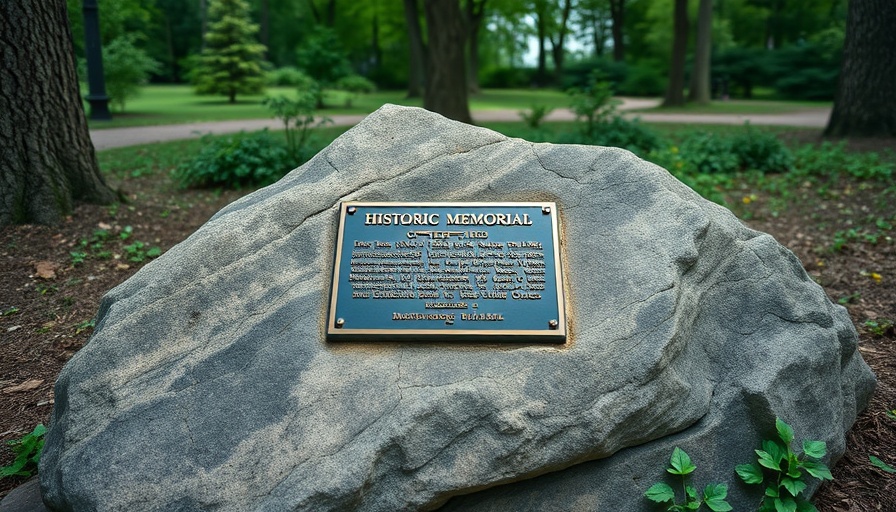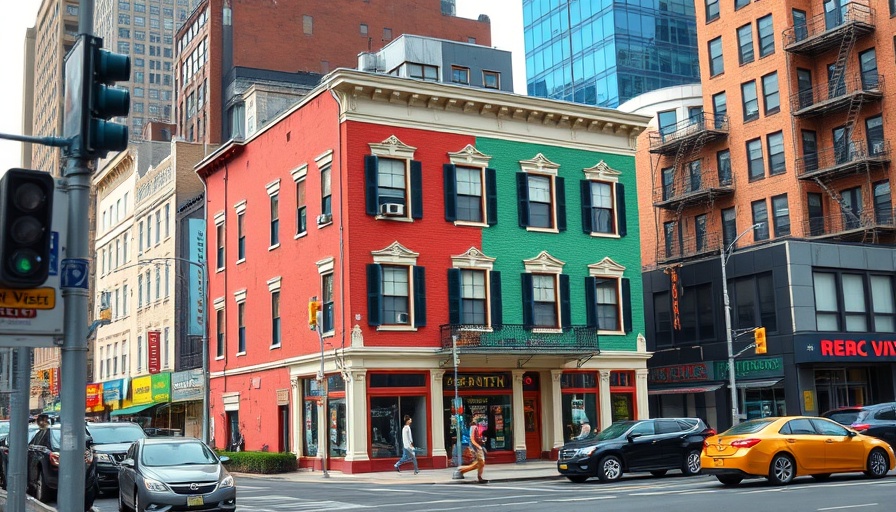
Unearthing the Legacy of Cyrus Clark: The Acclaimed Architect of Manhattan’s Upper West Side
Often overlooked amidst the hustle of Manhattan, a modest bronze tablet at Riverside Park memorializes a key figure in NYC's architectural history—Cyrus Clark. Dubbed the "father of the Upper West Side," Clark's tireless commitment to developing this ever-evolving area left an indelible mark on the cityscape as we know it today.
A Visionary's Early Life and Aspirations
Cyrus Clark was born in 1830 in Erie County, New York. Moving to Manhattan in 1849, he made his fortune as a wholesale silk dealer. Yet, it was his ambitious vision for the Upper West Side that truly defined his legacy. After spending several years in Europe learning about real estate and civic administration, he returned in 1870 to invest in the burgeoning West Side.
Transforming the West Side into a Millionaire’s Mile
By the latter part of the 19th century, the West Side of Manhattan was primed for transformation. The area's agrarian roots were giving way to urbanization spurred by developments like Central Park; and it was here that Clark's influence blossomed. He actively promoted improvements to infrastructure, including the layout of Riverside Drive, turning it into what would become a luxurious residential corridor—it was all part of a broader vision that signaled his commitment to elevating the neighborhood.
Advocacy Through the West Side Association
Clark was instrumental in establishing the West Side Association, wherein he took on leadership roles that further amplified his impact. The association lobbied for key improvements such as public transit, park developments, and maintaining the exclusivity of West End Avenue. His advocacy ensured the preservation of an upper-crust environment, shielding it from encroaching commercial developments.
The Enduring Influence of Cyrus Clark
Despite Clark’s passing in 1909, his influence can still be traced in the distinct character of the Upper West Side today. His former mansion on Riverside Drive remains a symbol of part of the area’s rich history. This historic estate, available on the market, showcases the original character of the neighborhood while reflecting the opulence that Clark championed.
Conclusion: Celebrating a City Pioneer
The achievements of Cyrus Clark are often forgotten in the contemporary city narrative, overshadowed by the glitz of modern Manhattan. However, recognizing his contributions offers valuable insights into the complex interplay between history, real estate, and community. As urban development continues, it pays homage to visionaries like Clark who laid the groundwork for the neighborhoods we cherish today. Advocating for historical preservation in Manhattan is essential, ensuring that the legacy of the past continues to inform our future.
 Add Row
Add Row  Add Element
Add Element 



 Add Row
Add Row  Add
Add 
Write A Comment